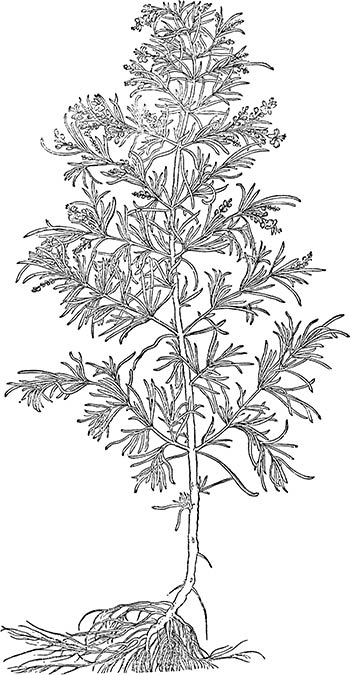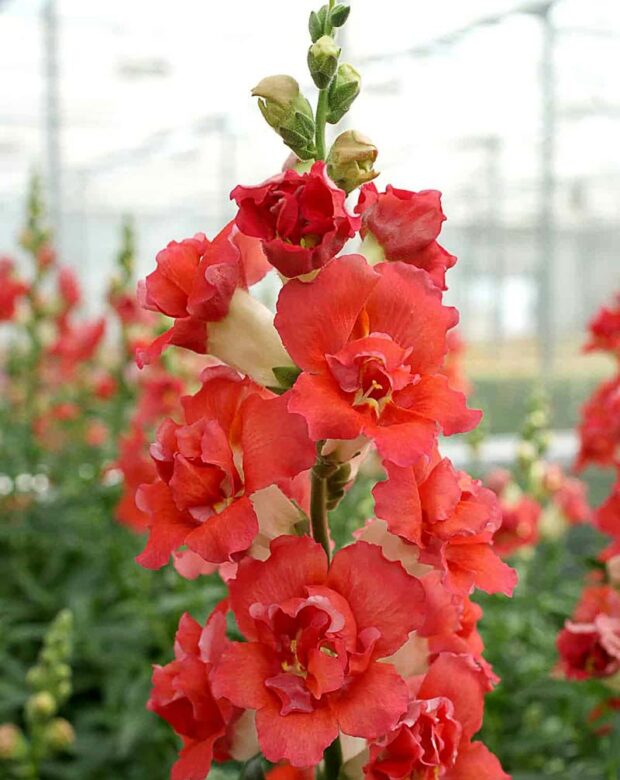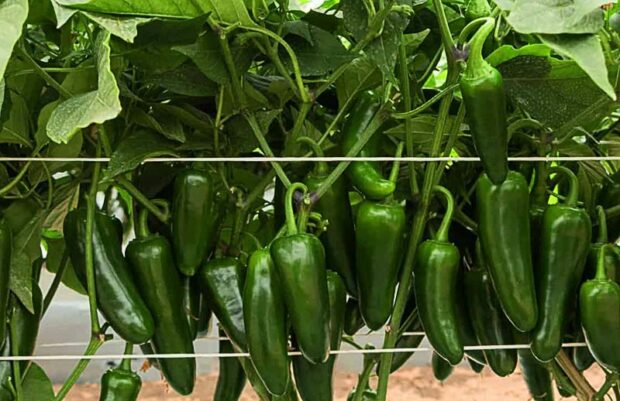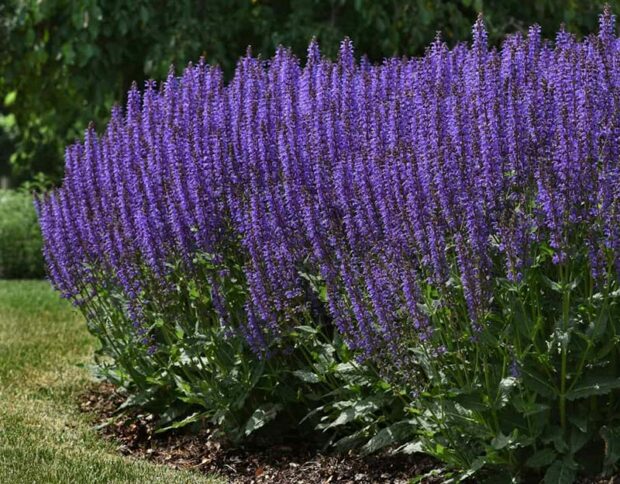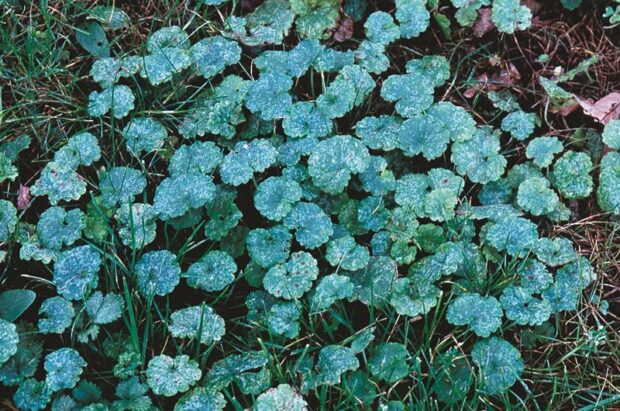
Description
Ground ivy (Glechoma hederacea) is an aggressive, low-growing, perennial invader of lawns, vegetable gardens, and ornamental beds. It is also known as creeping Charlie, creeping Jenny, gill-over-the-ground and other names that shouldn’t be used in polite company. It thrives in moist, shady areas, as well as sunny locations. Leaves of ground ivy are round to kidney-shaped, and 1/2 to 1-1/2 inches in diameter. They may be smooth or hairy, medium to dark green, and have a rounded, toothed margin. They produce a minty odor when crushed and have square stems, which is a sign of a mint family member (no wonder it’s aggressive). Ground ivy’s flowers occur from April to June. The small flowers are funnel-shaped, bluish-purple and actually can look quite pretty.
How to control naturally
To naturally control in turf grass, maintain turf density and health through proper culture. Mechanical removal in turf is difficult and rarely effective. Ground ivy is shallow-rooted and it roots at each joint whenever it touches the soil, making it difficult to pull by hand. In beds it can be controlled by diligent and consistent removal. Mechanical removal is accomplished by using a garden fork to loosen the soil about three inches deep and gently working the roots out.
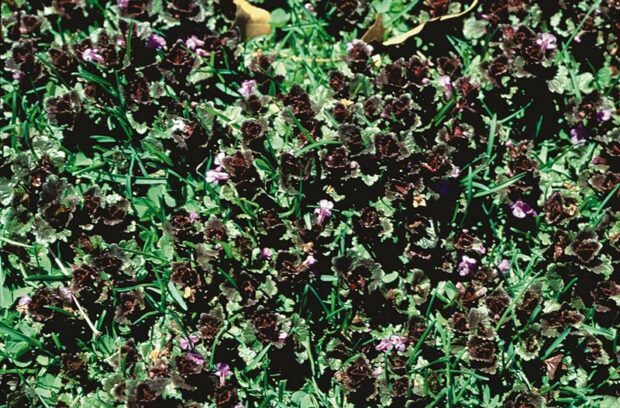
How to control with chemicals
To control by chemical means, a post-emergent herbicide needs to be used. Pre-emergent herbicides do not work on established ground ivy. As with all chemical applications, timing is critical to getting effective control. The best time to achieve good control is when ground ivy is just beginning to flower, near the end of April. The leaves of ground ivy develop a waxy coating after flowering and herbicides become less effective. In fact, the plant is almost totally unaffected once this coating is developed. The next best time to control ground ivy is in the fall, from mid-September to early November. Two herbicide applications, spaced 10 to 14 days apart, are usually necessary to achieve good control.
Care must be taken when applying broadleaf herbicides at any time, but especially in the spring. The succulent growth of sensitive, desirable broadleaf plants can easily be injured by spray drift or volatilization of broadleaf herbicides. Always read and follow label directions carefully when applying herbicides.
Article and photos by Steven Nikkila, www.gardenatoz.com.
Elsewhere: Ground Ivy Control for Home Lawns
Related: Janet’s Journal: Eye to Eye With the Worst of the Garden Weeds

